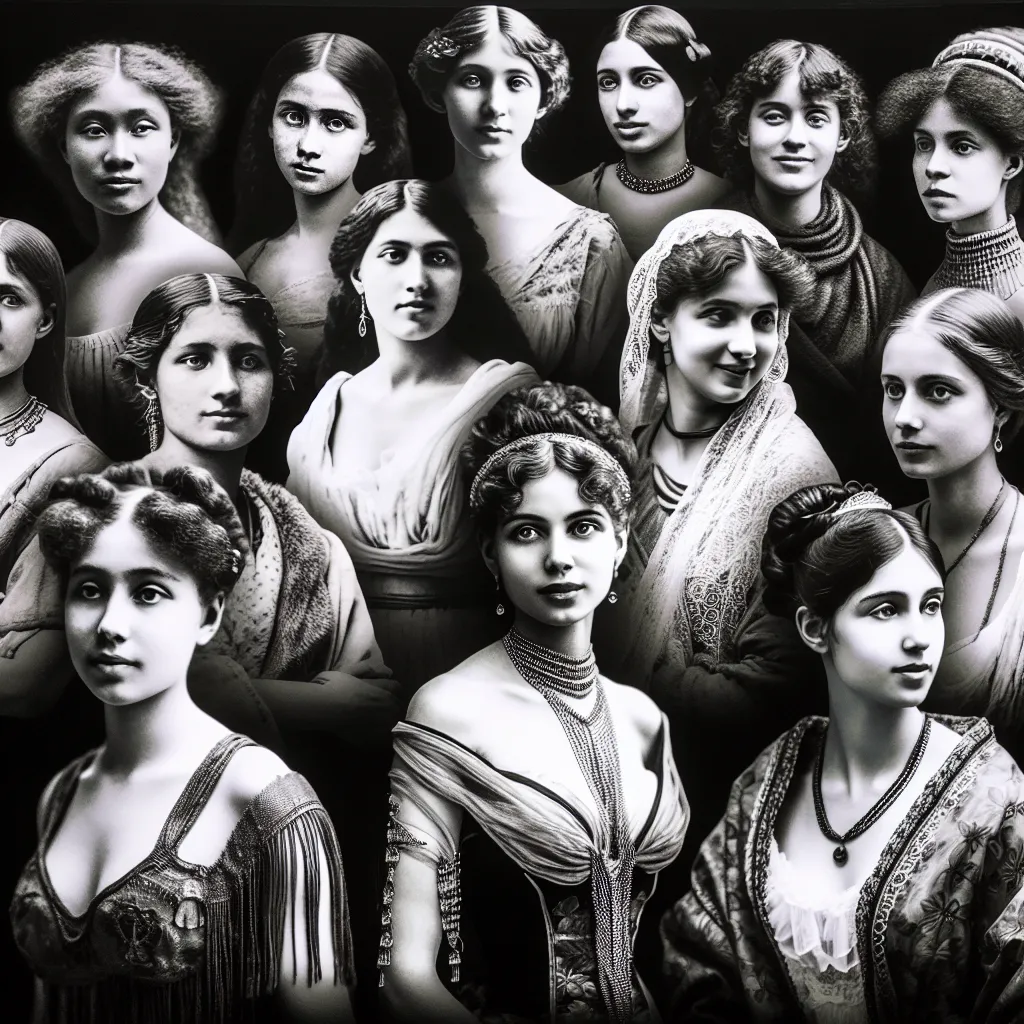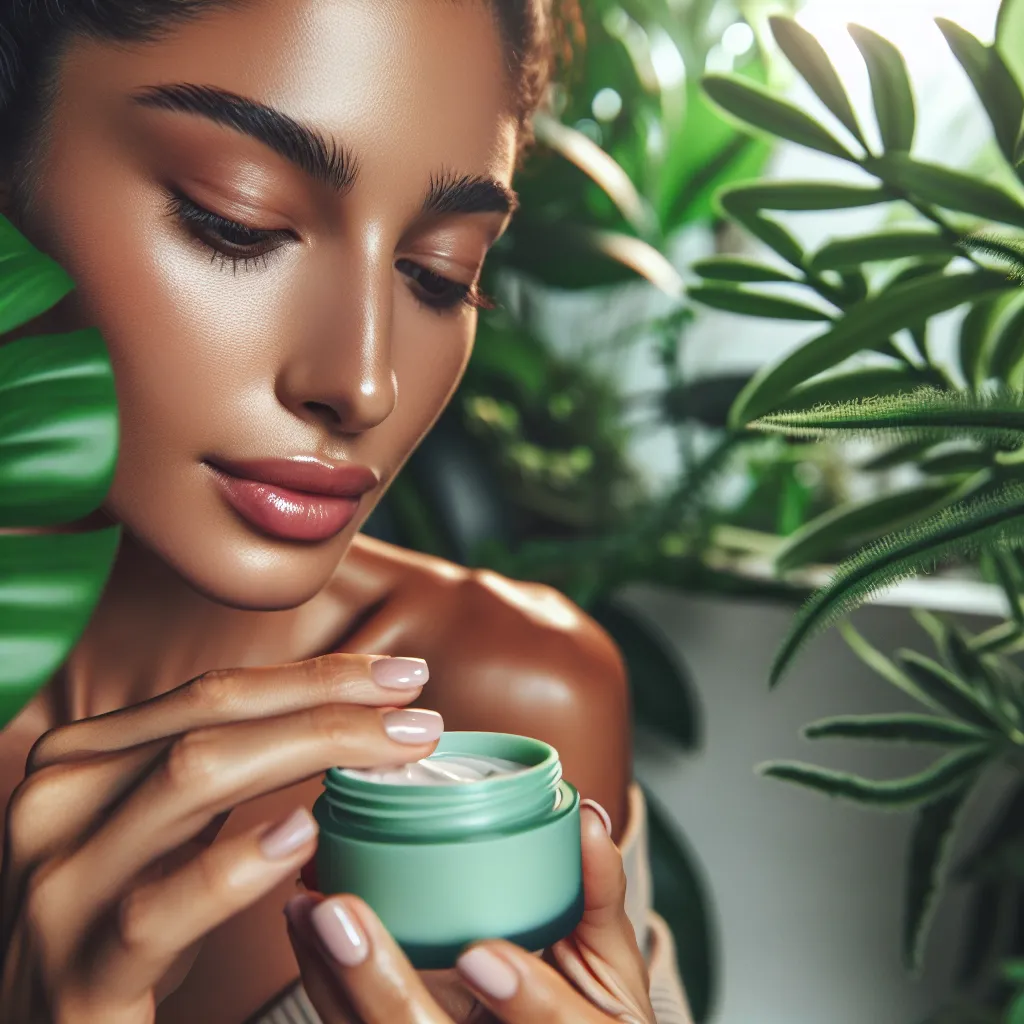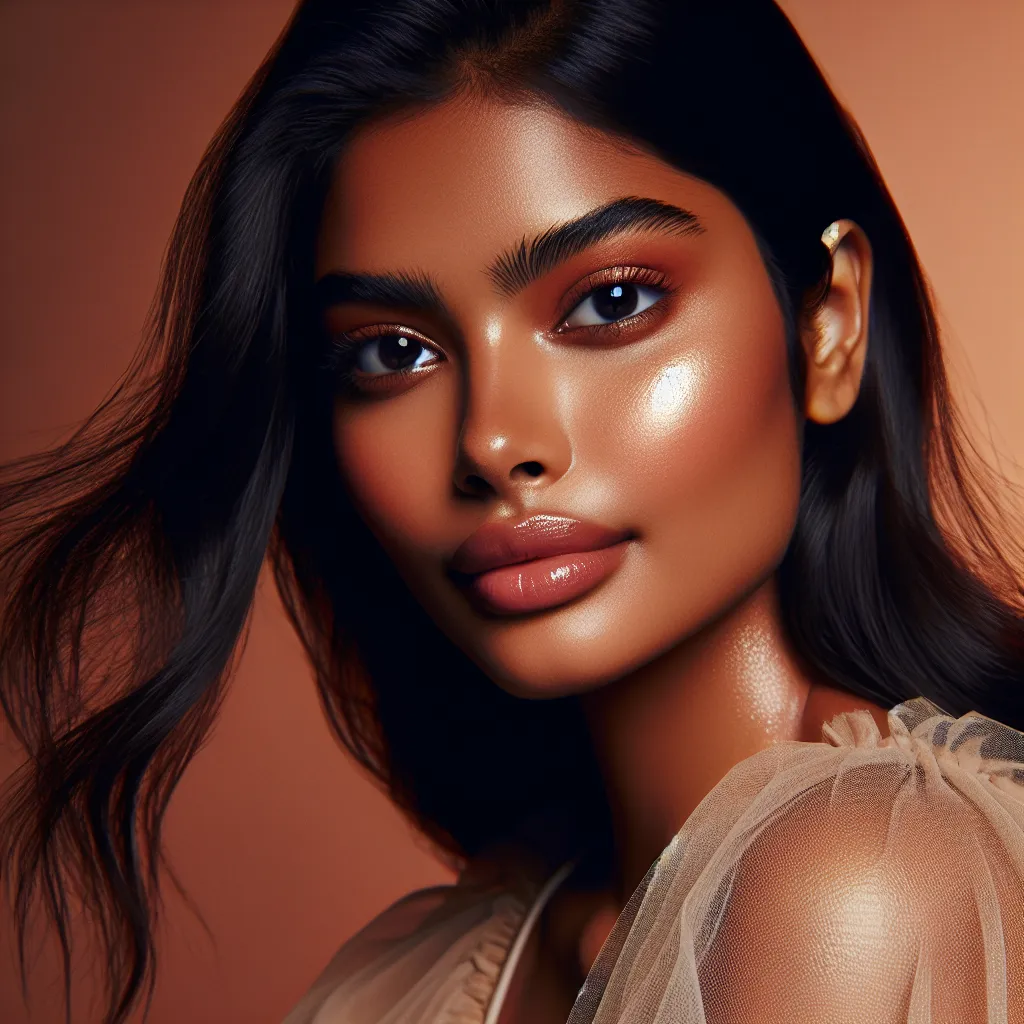From Ancient Civilizations to Modern Times: A Historical Timeline of Beauty Trends
From ancient civilizations to modern times, beauty trends have been continually evolving, reflecting the cultural, social, and technological changes of each era. In ancient Egypt, for example, beauty was associated with elaborate hairstyles, striking eye makeup, and the use of natural resources like henna for body art. The ideal of beauty was also symbolized by the use of perfumes and oils, emphasizing the importance of good hygiene and grooming.
Moving forward to ancient Greece, the emphasis shifted to a more natural and athletic beauty standard, with an appreciation for the human form and physical fitness. Both men and women in ancient Greece engaged in meticulous grooming rituals, which included bathing, oil massages, and hair care practices. The classical ideal of beauty during this period was reflected in the sculptures and art of the time, portraying individuals with balanced, harmonious proportions.
Transitioning into the Renaissance era, beauty trends saw a revival of classical aesthetics, with a focus on pale skin, rosy cheeks, and fuller figures for women, as portrayed in the works of renowned artists such as Leonardo da Vinci and Botticelli. In contrast, the Victorian era placed a high value on modesty and purity, leading to a preference for delicate features, a pale complexion, and the use of cosmetics to achieve a subtle, natural look.
As we journey through the 20th and 21st centuries, beauty trends have become increasingly diverse and inclusive, with a growing emphasis on self-expression and individuality. Advancements in technology and the rise of social media have also significantly influenced beauty standards, contributing to a more globalized and interconnected beauty landscape.
Throughout history, beauty trends have been a reflection of the values, beliefs, and aspirations of each society, perpetually evolving and adapting to the ever-changing world around us.
The Influence of Art and Culture on Beauty Ideals Throughout History
Throughout history, the evolution of beauty trends has been heavily influenced by art and culture. In ancient Egypt, beauty ideals were shaped by the art of the time, with emphasis placed on features like smooth, youthful skin and symmetrical facial proportions. Similarly, in ancient Greece, the concept of beauty was closely tied to the artistic representations of gods and goddesses, with physical attributes such as a strong jawline and a balanced, classical facial structure being highly sought after.
As societies evolved, so did beauty standards. The Renaissance period saw a return to ideals of beauty reminiscent of ancient Greek and Roman art, with a focus on balanced proportions and graceful, flowing lines. The paintings of the time often depicted women with fair, unblemished skin and soft, rounded features, influencing the beauty standards of the era.
Furthermore, the influence of culture on beauty ideals cannot be overstated. In many Asian cultures, porcelain-like skin has been historically prized as a symbol of purity and elegance, leading to the popularity of skin-whitening products. In contrast, the societal upheavals of the 1960s brought about a shift in Western beauty standards, with the countercultural movements embracing natural, unadorned beauty as a rejection of traditional norms.
As we move into the modern era, the influence of art and culture on beauty continues to shape our perceptions. The rise of social media and globalization has led to a greater exchange of beauty ideals across cultures, contributing to a more diverse and inclusive definition of beauty. Today, beauty standards are increasingly influenced by a broad spectrum of artistic and cultural representations, reflecting the rich tapestry of human diversity and creativity.
Revolutionary Moments in Beauty: Turning Points in Trend Evolution
Throughout history, beauty trends have evolved continuously, reflecting changing societal norms and cultural influences. From ancient civilizations to the modern era, revolutionary moments have marked turning points in the evolution of beauty trends. One of the most significant moments occurred during the 1920s, known as the Jazz Age or the Roaring Twenties. This period brought about a revolution in women’s fashion and beauty standards, as the traditional long hair and conservative attire gave way to the iconic flapper style, characterized by short bobbed haircuts, bold makeup, and sleeveless dresses. The 1960s also witnessed a radical shift in beauty ideals with the rise of the counterculture movement. The “Swinging Sixties” introduced a new standard of beauty, embracing natural looks, long hair, and vibrant, experimental makeup. Another pivotal moment in beauty trends occurred in the 1980s, marked by an emphasis on opulence and glamour. The era of excess brought about bold, dramatic makeup looks, exaggerated hairstyles, and a focus on wealth and luxury. These revolutionary moments have left a lasting impact on the beauty industry, shaping trends and redefining standards of beauty for generations to come.
The Psychology Behind Beauty Trends: Unraveling the Societal Impact
In the long history of beauty trends, it becomes evident that the way people perceive beauty is intricately linked with the societal norms and values of a particular era. The psychology behind beauty trends is a fascinating subject that sheds light on the deep-rooted societal impact of these trends. Throughout different historical periods, beauty standards have often reflected the prevailing social hierarchy, cultural values, and psychological tendencies.
For example, in ancient civilizations, beauty was associated with attributes such as fertility, health, and prosperity. The societal impact was evident in the way people adorned themselves with jewelry, elaborate hairstyles, and intricate body art to signify their social status and attractiveness. Similarly, during the Renaissance period, the ideal of beauty was heavily influenced by the concept of proportion and balance, reflecting the cultural and artistic values of that time.
Today, the societal impact of beauty trends is manifested in the global beauty industry, social media, and advertising. The perpetuation of certain beauty standards can lead to a psychological impact on individuals, shaping their self-esteem, body image, and overall well-being. The pressure to conform to these standards can create feelings of inadequacy and perpetuate harmful beauty practices.
Understanding the psychology behind beauty trends is crucial in unraveling the complex interplay between societal expectations and individual identity. It allows us to critically examine the impact of beauty standards on our perceptions of self-worth and helps in fostering a more inclusive and diverse understanding of beauty.




